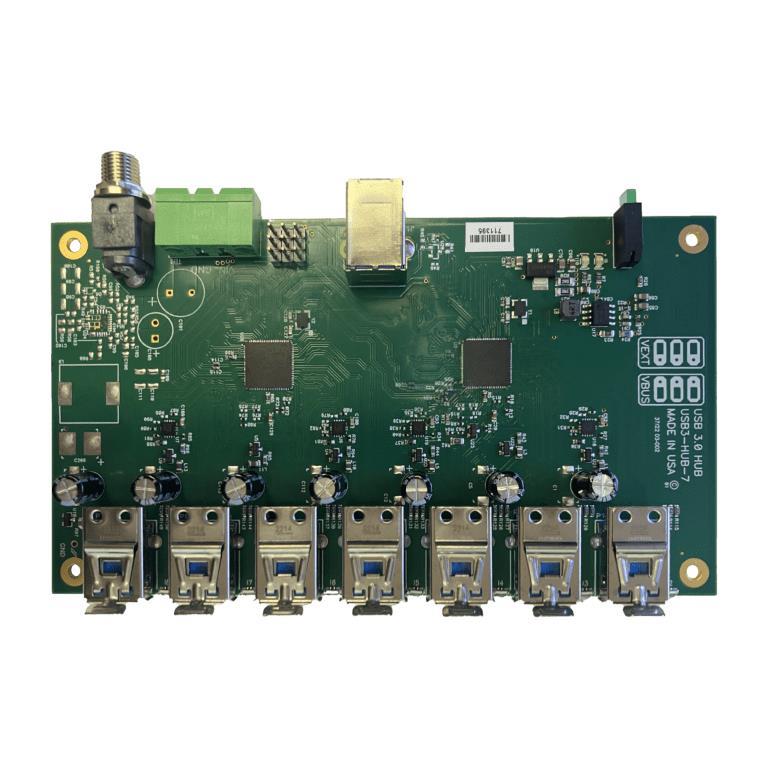
ACCES I/O Products
ACCES I/O Products provides a wide variety of analog, digital, serial communication, and isolated I/O boards and solutions. In addition to individual products, ACCES offers comprehensive system packages, integration services, and enclosures, with fast turnaround times for custom projects that may involve software development. ACCES's product line is compatible with various interfaces such as Ethernet, PCI Express, Mini PCI Express, USB, USB/104, USB/PICO, PC/104, PCI, Ethernet, and ISA. They also support distributed, wireless I/O, and computer-on-module (COM) form factors. Customers benefit from a 30-day no-risk return policy and a three-year warranty on all hardware components.
USB Hubs
Results:
3
Series
Number of Ports
Features
Voltage - Input
Data Rate (Max)
Mounting Type
Results remaining:3
Applied Filters:
ACCES I/O Products
About USB Hubs
USB hubs are purpose-built to expand the number of available USB ports on a device, providing greater flexibility for connecting multiple peripherals and accessories. When considering USB hubs, important specifications to take into account include the maximum data transfer rate supported, voltage input requirements, the number of ports available, and the mounting style. The maximum data transfer rate specifies the speed at which data can be transferred between the connected devices and the host device. This is a crucial factor for ensuring efficient and high-speed data transmission, especially when dealing with large files, multimedia content, or high-performance peripherals such as external storage drives or video capture devices. Voltage input requirements indicate the power supply needed to operate the USB hub and the connected devices. Understanding the voltage input ensures compatibility with the power source and helps prevent issues related to underpowered or unreliable connections. The number of ports available on the USB hub directly impacts its capacity to accommodate multiple devices simultaneously. Whether for a home office setup, multimedia workstation, or professional environment, having an adequate number of ports is essential for seamless connectivity and productivity. The mounting style of the USB hub refers to how it can be positioned or installed within a given space. This includes considerations such as desktop placement, wall mounting, or rack mounting options, which can be crucial for optimizing workspace organization and accessibility. In summary, USB hubs serve as invaluable tools for expanding connectivity options and accommodating multiple USB devices. By considering key specifications such as maximum data transfer rate, voltage input requirements, the number of ports, and mounting style, users can select USB hubs that best align with their specific connectivity needs and usage scenarios.


